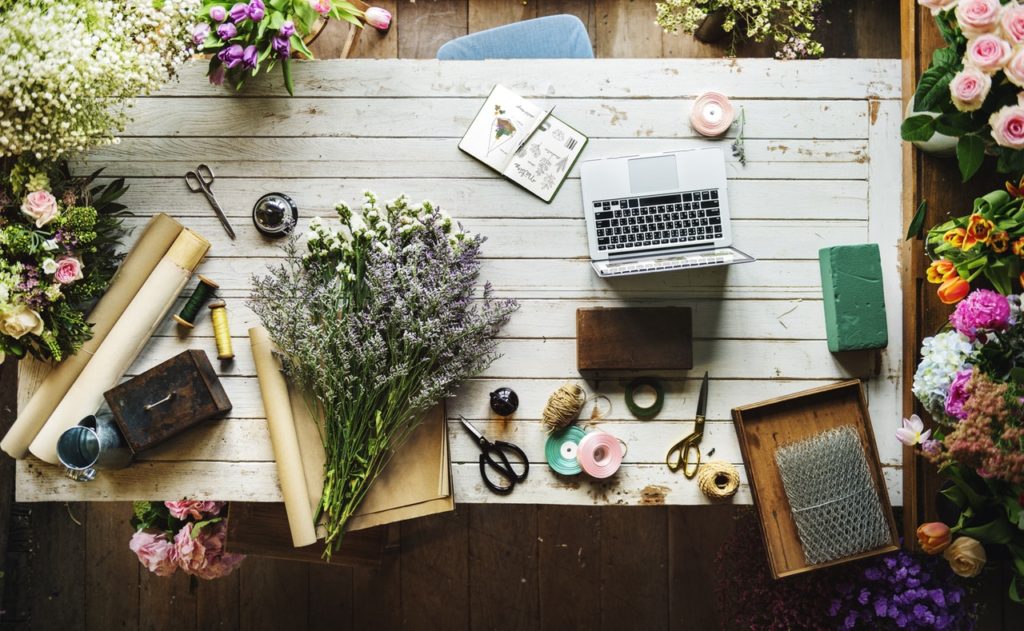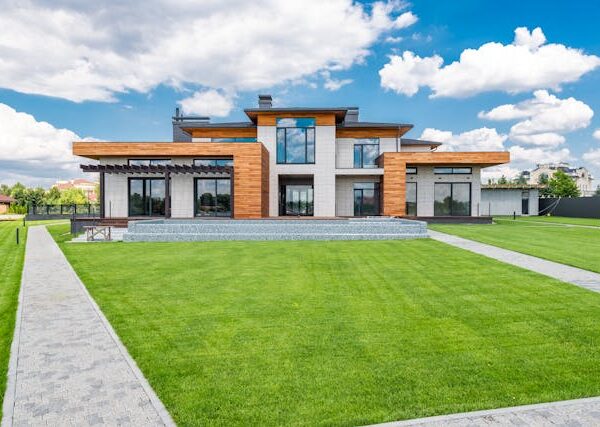The “Cottage Garden” Look For Your Urban Home
The “cottage garden” look is much coveted, for a variety of reasons. Even if you’re not familiar with the term, you will be familiar with the look.
Classic cottage gardens tend to involve a huge number of flowers, greenery, shrubs, and trees. At first glance, they appear to be haphazard. Flowers are not sown in neat rows, but instead all blended in with one another. The only uniformity is that there isn’t any uniformity. Cottage gardens look messy, but they’re meant to; rather than perfectly manicured plots, they are meant to display a riot of different color and plant species in all their glory, blended together as they would be in nature.
The country garden look isn’t for everyone, but it’s perfect if you…
- Want to see a lot of color in your garden; lots of different shades and hues appearing together.
- Appreciate the “messy” style of a country garden; or at least appreciate the fact it means a bit less work for you! For example, weeding isn’t such a huge priority for country gardens– in fact, it could be argued that weeds add something to the au naturel aesthetic.
- Are an inexperienced gardener and don’t particularly have the time to learn, in depth, how to cultivate a garden from scratch.
If the above applies to you, then the cottage garden look could be exactly what you need. Here are a few helpful tips that can help you achieve it.
The essential flowers and plants
Cottage gardens have a few essential flowers and plants which help create the aesthetic that you’re aiming for. You’re going to want to include a selection of these, starting with…
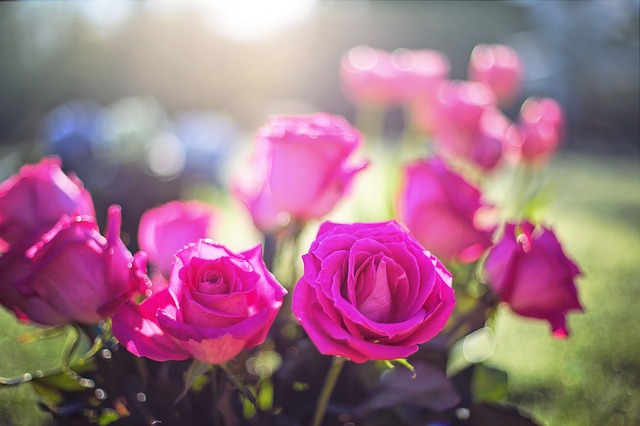
Roses
Roses are the essential cottage garden flower, thanks both to their vibrant colors and unique shape. You will want to use rose bushes ideally, though climbing roses are an option if you’re short on space. If you’ve never grown roses before, then click here for a great starter guide that will tell you all you need to know.
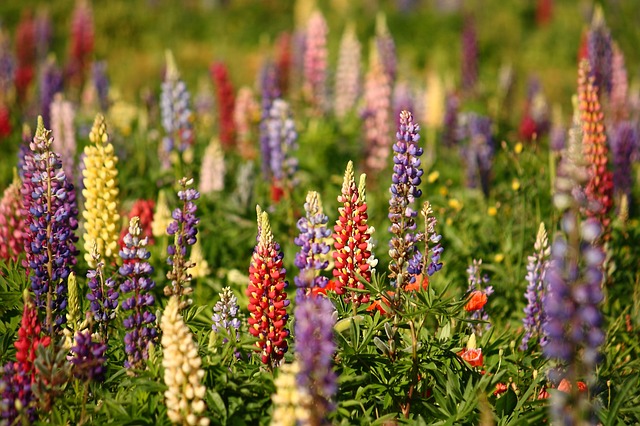
Lupins
As with roses, the shape of the flower is the decider when it comes to lupins. Their beautiful shape, excellent height, and vibrant colors means that no country garden is complete without these stunning flowers.
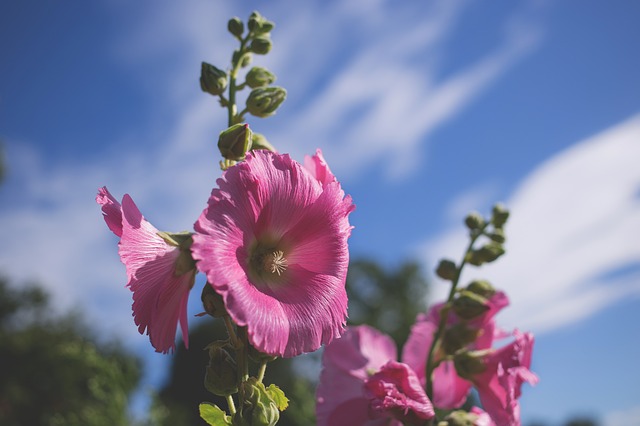
Hollyhocks
Hollyhocks are beautiful flowers and, as with lupins, help to add height to any cottage garden. If well cared for, hollyhocks can reach over nine foot tall, so you definitely won’t be short on vertical interest! Available in a wide variety of colors, hollyhocks are an essential component of any cottage garden.
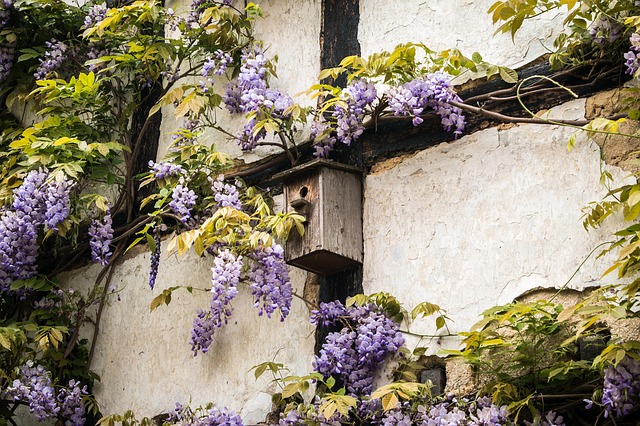
Wisteria
Wisteria is an excellent choice for a cottage garden and, with the right pruning and training, can cover buildings, sheds, and any garden ornaments for an extra level of interest. Wisteria is incredibly easy to grow too, though you will need to be careful to provide ample water during the drier months of the year– wisteria will be one of the thirstiest flowers in your cottage garden.
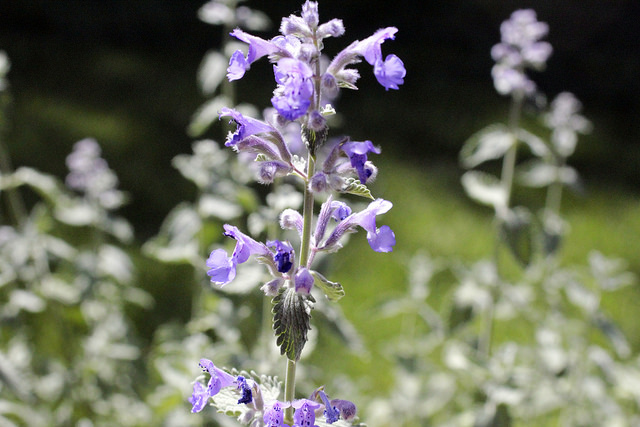
Catmint
Catmint — which is also known at catnip — is a beautiful addition to your cottage garden aesthetic, and the neighborhood cats will be delighted at your decision to introduce it. The spring flowers are stunning, but the leaves and stems provide year round grey-green color that ensures you will be able to enjoy your cottage garden whatever the season.
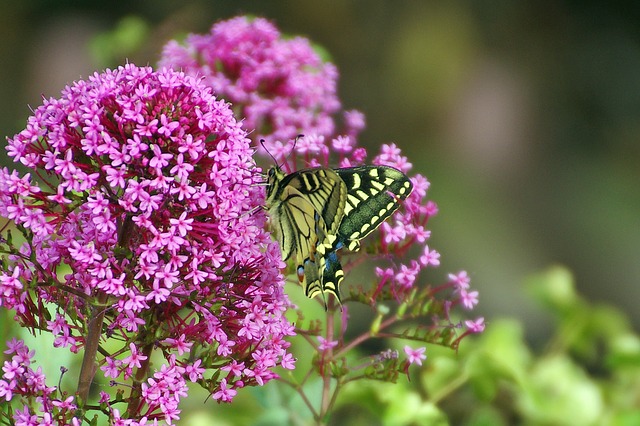
Buddleja
Buddleja is more commonly known as “butterfly bush”. As the image above shows, this is a semi-evergreen shrub that is known for its ability to attract butterflies. There are over 100 species of buddleja to choose from, and you’ll love the look of these delicate flowers as part of your overall cottage garden effect.
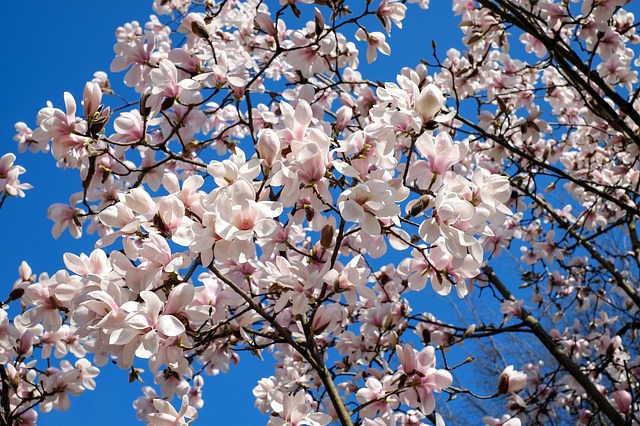
Magnolia trees
Now you have a few ideas about what to plant at ground level, move onto the best tree for a cottage garden aesthetic. Magnolia trees are undeniably beautiful, and offer a splash of white rising high above the riot of colors in the garden below. Magnolia is a lovely tree to grow, is fully hardy, and will reward you with bountiful blooms throughout the spring and summer months.
Now you know what you need to plant, you need to know how to piece together the finished look that a cottage garden requires. Here are a few tips that should help you do just that.
#1 – Embrace the haphazard
One of the greatest benefits of a cottage garden style is that you don’t have to plant in perfect rows with perfect uniformity. Embrace this; scatter seeds where you feel like scattering them, mix and match, and let a few bushes and shrubs run wild (within reason!). This haphazard nature will also make your garden easier to maintain, so don’t try to ‘force’ the look too much– just let it happen.
#2 – Add ornaments
The cottage garden effect is greatly enhanced if you add ornaments, especially wishing wells, wheelbarrows, or sundials. This helps to create that “escape from modernity” feeling that the best cottage gardens can evoke, as well as making the garden a pleasant, interesting place to be.
#3 – Use butterfly-friendly plants
No cottage garden would be complete without a few butterflies whizzing through the air. You should therefore try to make your garden attractive to butterflies by adding the right shrubs and flowers; we mentioned Buddleja above, but there are plenty of other options, too. Not only is attracting butterflies a good step towards the aesthetic you want, it’s also good for your garden’s eco-system too!
#4 – Change your path
Strong geometric shapes are incompatible with a cottage garden aesthetic; they’re simply too modern, too clean. Opt for a winding path or, better yet, paving slabs placed on a lawn. This helps to prevent the look from being too sterile, and fits nicely with the general deliberate unevenness of a cottage garden.
In Conclusion
Cottage gardens are truly beautiful, especially in contrast to the rather clinical, modern designs that have been dominant for the last decade. If you follow the ideas above, you can harness the power of a cottage garden– no matter how urban an area you live in. Good luck!

